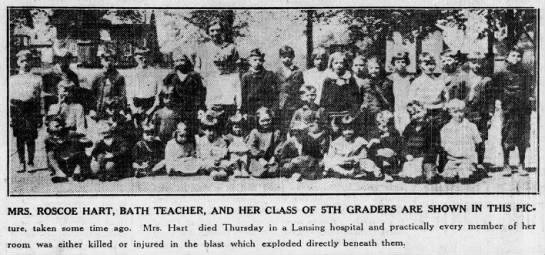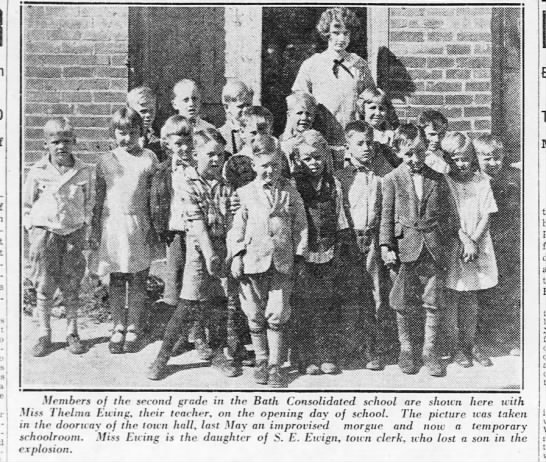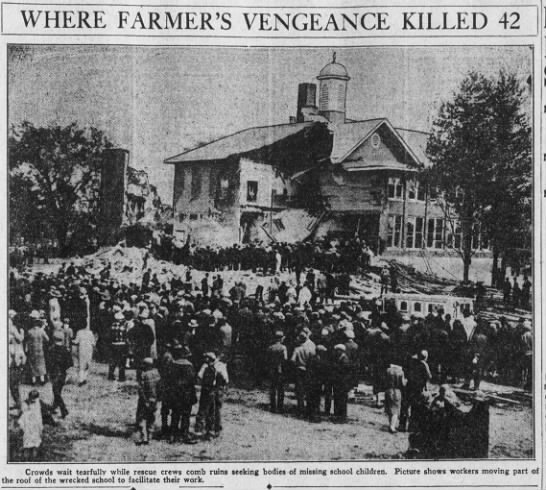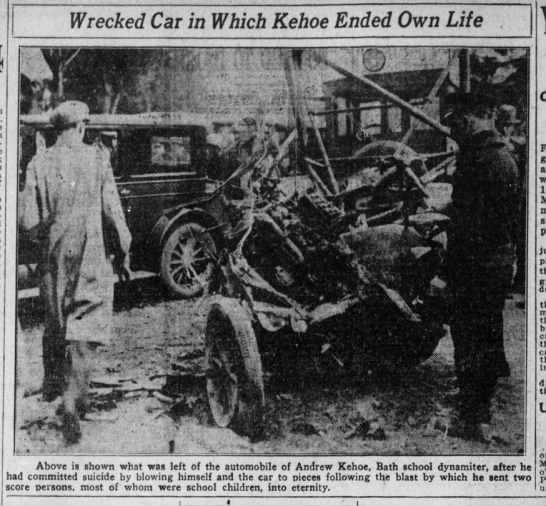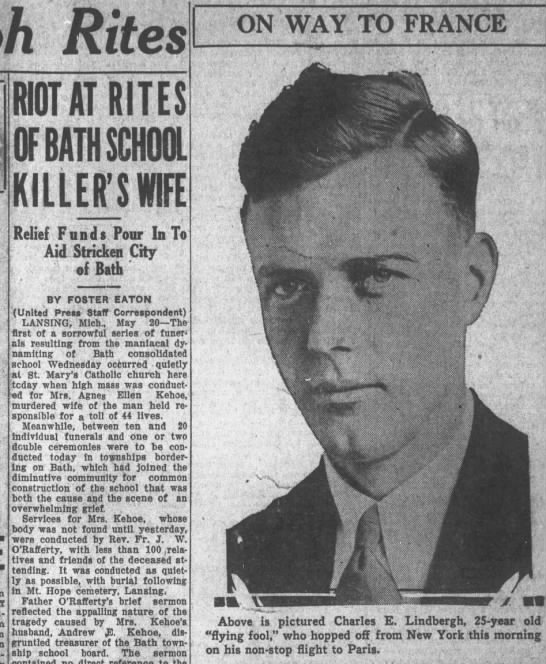American healthcare was an absurdist game of Jenga.
~From The Hospital by Brian Alexander
The Hospital: Life, Death and Dollars in a Small American Town by Brian Alexander is the portrait of a Byran, Ohio hospital between 2018 and 2020. Alexander followed management, staff, and patients, investigating the complexities of healthcare in America in one small town. The news headlines we have all seen is presented in a personalized narrative that is deeply affecting; you want to rant, or cry. Likely both.
What America did have was a jumble of ill-fitting building blocks: the doctoring industry, the hospital industry, the insurance industry, the drug industry, the device industry. ~from The Hospital by Brian Alexander
Alexander follows the Bryan hospital's struggles to keep in the black when other small hospitals were being consolidated or put out of business by larger hospitals. And he shows how medical care has become a profit-making business.
I was surprised to learn that deductibles were not always a part of health insurance. The rationale was that people would not abuse insurance if they had to pay a portion out of pocket. Affordable insurance comes with a high deductible, and people think twice before using it. Consequently, people go without preventative care and medications and treatment for illnesses.
It could have been my family when we had to forward paid bills to the health care provider for reimbursement--after we met the deductible. Our baby suffered from continual ear and sinus infections and we often met the deductible by the end of January, which meant a huge decrease in available income for other bills and necessities at the start of every year.
The patients in the book exemplify the danger of skipping care. Those who can't afford medications pay a higher personal and economic cost when disease or illness progresses. Some pay with their lives, some become disabled and permanently lose jobs and income, and many are hopelessly mired in debt.
Alexander writes that America has struggled with the crisis in medical care costs for a hundred years. Citizens resisted health insurance a hundred years ago the way they resisted the Affordable Care Act later. Health insurance was, an is, considered unAmerican and socialist by some--even those who benefit from Medicare and other governmental programs.
"Health...is a commodity which can be purchased," Alexander quotes the president of a utility company, and major employer, in 1929. "The difficulty now is its cost is beyond the reach of a great majority of people."
Almost a hundred years later, it remains true.
In 1963, my dad sold the business his father had built in Tonawanda, NY, and came to Detroit to look for work in the auto industry. Mom had an autoimmune disease. They needed health insurance. My folks were very lucky. They went from struggling to a nice home, two cars, health insurance to treat mom's crippling rheumatoid arthritis and, later, dad's non-Hodgkins lymphoma, plus my folks paid for my first two years of college.
Today, my son has to purchase his own health insurance. He has to invest his own money in a retirement account. Of course, he has school loans, too.
We have gone backwards.
Alexander touched on Michigan hospitals, like William Beaumont Hospital, the Royal Oak, Michigan based hospital where my parents and grandparents were treated. A few years back they tore down an the aging shopping center of my youth and built a new one. It did seem strange to me that a hospital was in real estate. When Covid-19 hit and Michigan went into lockdown, hospitals lost elective surgery patients. Like my husband, who was considering shoulder replacement surgery a year ago. Beaumont laid off thousands and eliminated 450 jobs. During a pandemic.
The book brought back a lot of memories of our seven years living along the Michigan-Ohio border. I had been to the towns Brian Alexander writes about.
After fifteen years living in Philadelphia, we moved back to Michigan so our son could grow up knowing his extended family. Neither of us had lived in a small town before. There were under 9,000 people in Hillsdale, and about 40,000 in the entire county. There was a turnover of doctors; our first family doctor, one of the few who delivered babies, left family practice, demoralized after lawsuits. We did have a small hospital at the end of our street. When our son was three, he came down with pneumonia and we were glad the hospital was so close.
Small town life was an adjustment. We left a racially eclectic city neighborhood for a county with five African Americans; one was my ob/gyn, one his nurse wife, and one his daughter who was in my son's class in grade school. I was surprised by rural poverty. Our son told us that half his kindergarten class did not have a phone and most had no books in their homes. We took took day trips antiquing in small Ohio towns like Pioneer and I took my Bernina sewing machine for cleaning in Bryan, OH.
I am pleased that the publisher offered me a free egalley in exchange for a fair review. I found this to be an immersive, thought-provoking book.
read an excerpt at https://us.macmillan.com/books/9781250237354
The Hospital: Life, Death, and Dollars in a Small American Town
by Brian Alexander
St. Martin's Press
Pub Date March 9, 2021
ISBN: 9781250237354
hardcover $28.99 (USD)
from the publisher
An intimate, heart wrenching portrait of one small hospital that reveals the magnitude of America’s health care crises.
“With his signature gut-punching prose, Alexander breaks our hearts as he opens our eyes to America’s deep-rooted sickness and despair by immersing us in the lives of a small town hospital and the people it serves. “ —Beth Macy, bestselling author of Dopesick
By following the struggle for survival of one small-town hospital, and the patients who walk, or are carried, through its doors, The Hospital takes readers into the world of the American medical industry in a way no book has done before. Americans are dying sooner, and living in poorer health. Alexander argues that no plan will solve America’s health crisis until the deeper causes of that crisis are addressed.
Bryan, Ohio's hospital, is losing money, making it vulnerable to big health systems seeking domination and Phil Ennen, CEO, has been fighting to preserve its independence. Meanwhile, Bryan, a town of 8,500 people in Ohio’s northwest corner, is still trying to recover from the Great Recession. As local leaders struggle to address the town’s problems, and the hospital fights for its life amid a rapidly consolidating medical and hospital industry, a 39-year-old diabetic literally fights for his limbs, and a 55-year-old contractor lies dying in the emergency room. With these and other stories, Alexander strips away the wonkiness of policy to reveal Americans’ struggle for health against a powerful system that’s stacked against them, but yet so fragile it blows apart when the pandemic hits. Culminating with COVID-19, this book offers a blueprint for how we created the crisis we're in.











